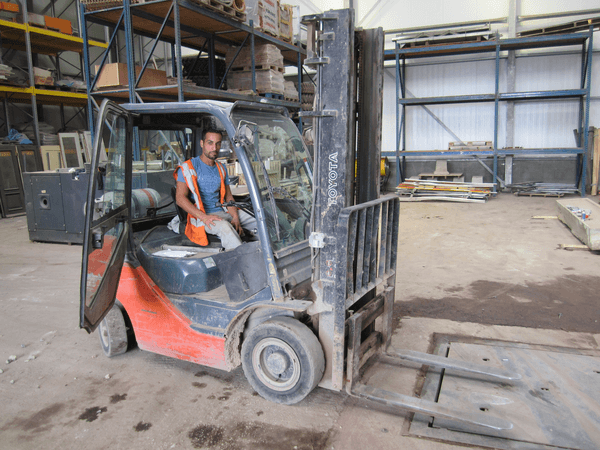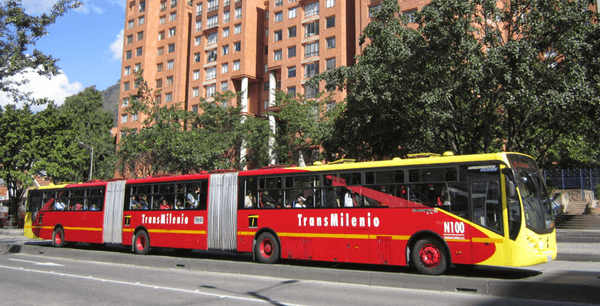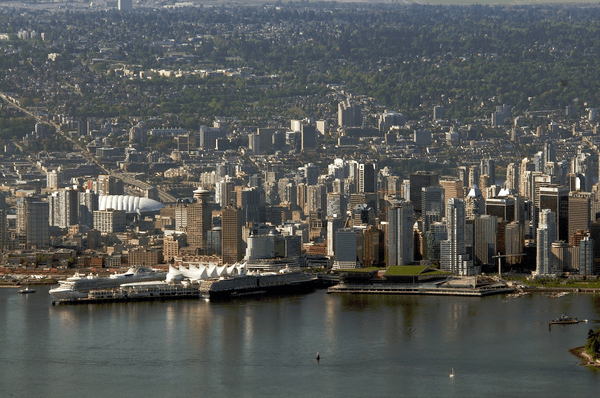City
Heredia
Main actors
Local Government, Regional Government, National Government, NGO / Philanthropy
Project area
Neighborhood or district
Duration
Ongoing since 2007
This project aims towards neighborhood improvement by combining upgrading of public space with capacity building.
The project in Guararí, a neighborhood of Heredia, improved the precarious neighborhood by upgrading public space and building capacity.
Central to the process was the Participatory Forum as an intermediate instance between community, Town Council of Heredia, and private actors. The forum was installed to define needs and find a common vision between different thematic fields. Projects and development strategies were formulated. The City's participatory budget was an important element for the success of the process. Furthermore, expertise and funding from the national government of Costa Rica and UN-Habitat supported project initiatives.
The different steps of improvement include refurbishing roads, sidewalks, and other public infrastructure. The plan foresees the creation of public spaces for community activities. A night school will give young residents over the age of 15 access to formal education. A permanent college is planned. Furthermore, the development of housing for 250 families has begun. Women and youth will have a special role in creating appropriation for new public spaces.
The project demonstrates the achievement of participative neighborhood upgrading under difficult social circumstances. Sustainable structures and cooperative decision making were established. In addition, community leaders are capacitated in project formulation and management ensuring a long term development.
On Map
The Map will be displayed after accepting cookie policy



